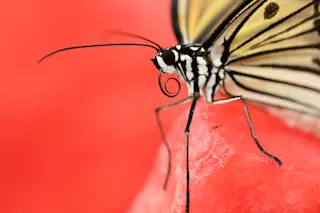When I first met Hans Thewissen, he spending an afternoon standing on a table, pointing a camera at a fossil between his feet. He asked me to hold a clip light to get rid of some shadows. I felt like I was at a paleontological fashion shoot. Thewissen was taking pictures of bones from a whale that walked. As I later wrote in my book At the Water's Edge, Thewissen has discovered some crucial clues to the transitions that the ancestors of whales made from land to sea. In Pakistan, he discovered a 47-million-year-old fossil called Ambulocetus natans, that had an otter-like body. It was the first whale fossil ever found with functional legs. New fossils of other ancient whales have since surfaced. The bones Thewissen was photographing, for example, belonged to an even older, even more terrestrial relative of today's whales, called Pakicetus. When Thewissen and other have compared ...
Whales: From So Humble A Beginning…
Discover the fascinating origin of whales and their ancestral roots, including the pivotal Indohyus fossil discovery.
More on Discover
Stay Curious
SubscribeTo The Magazine
Save up to 40% off the cover price when you subscribe to Discover magazine.
Subscribe













